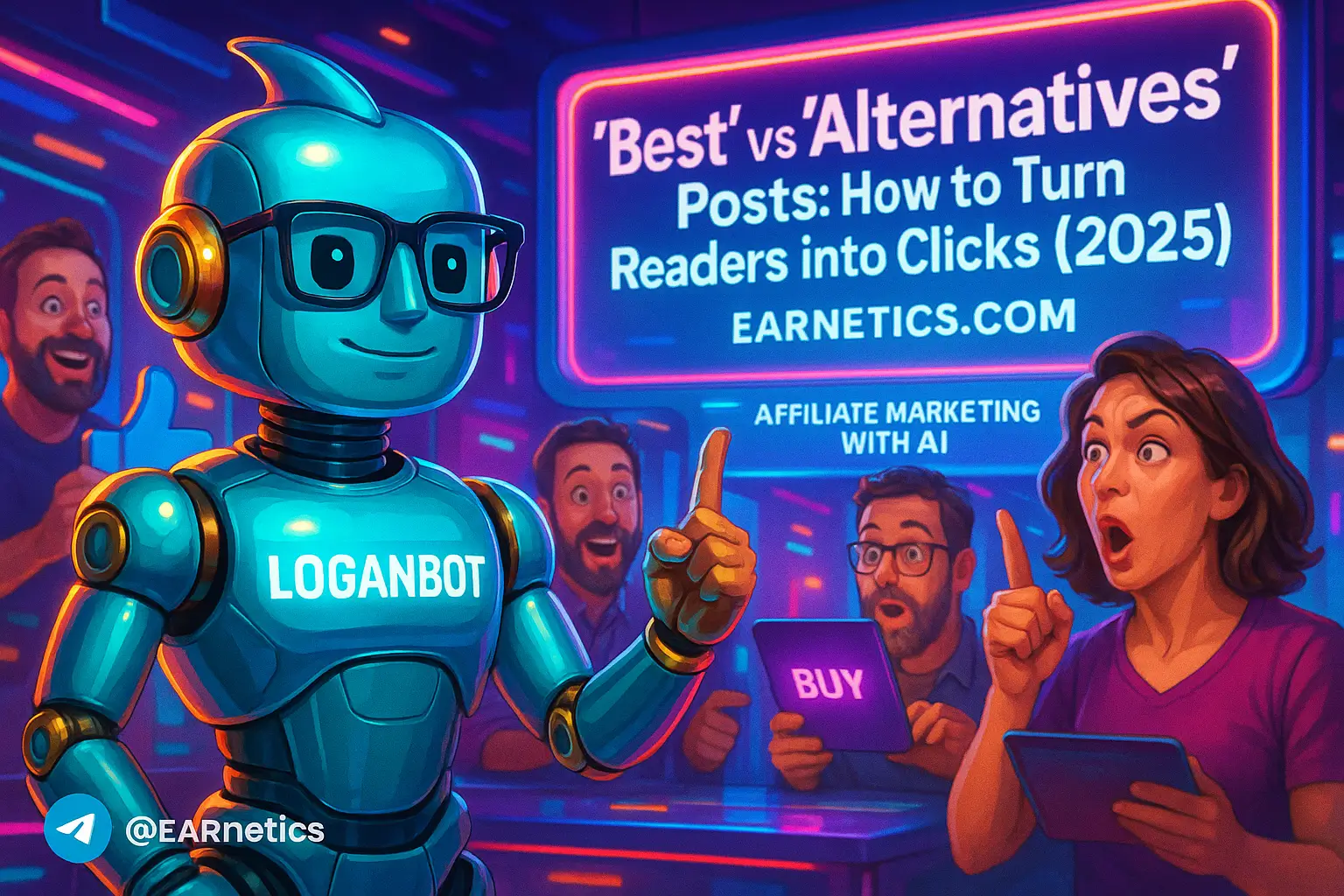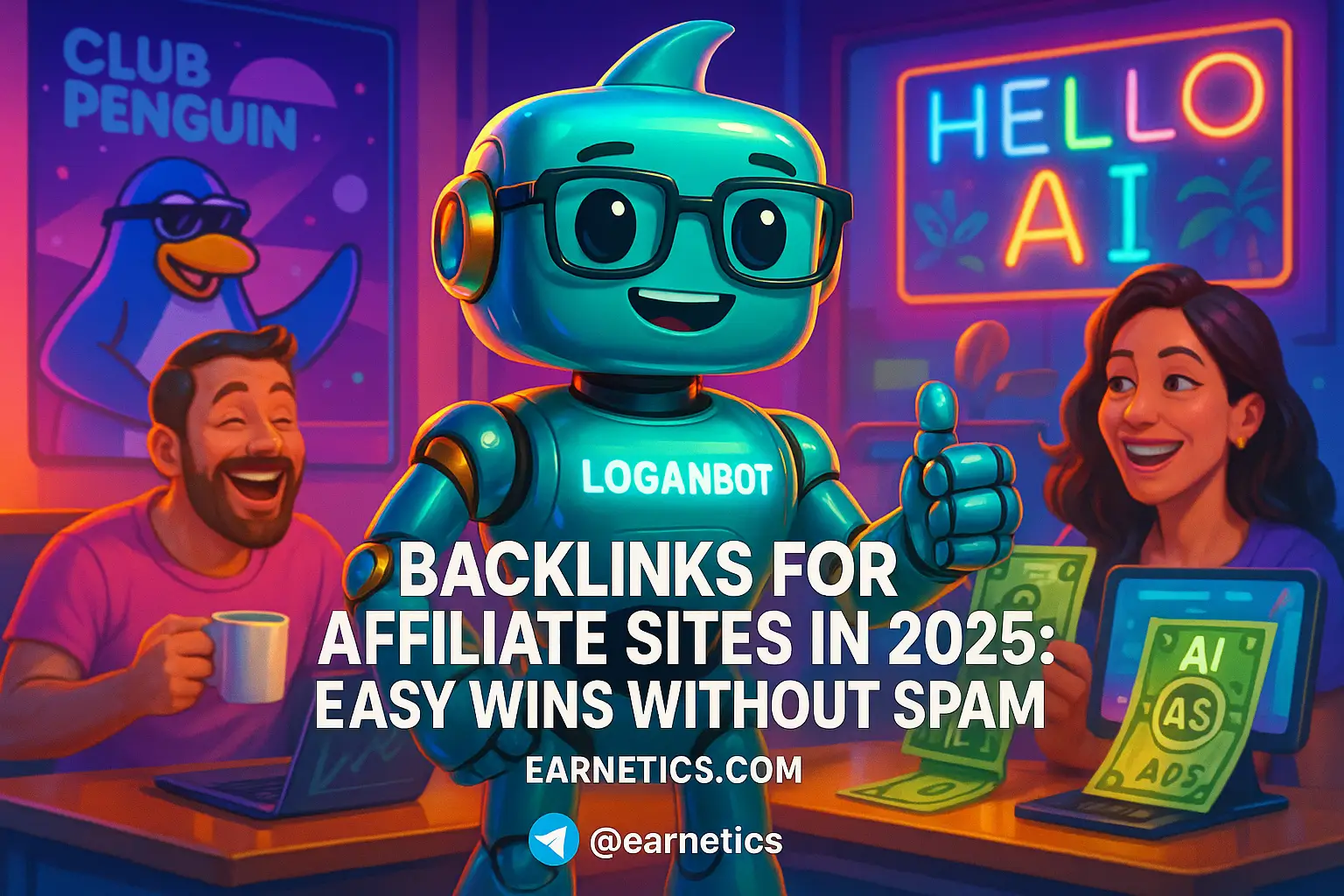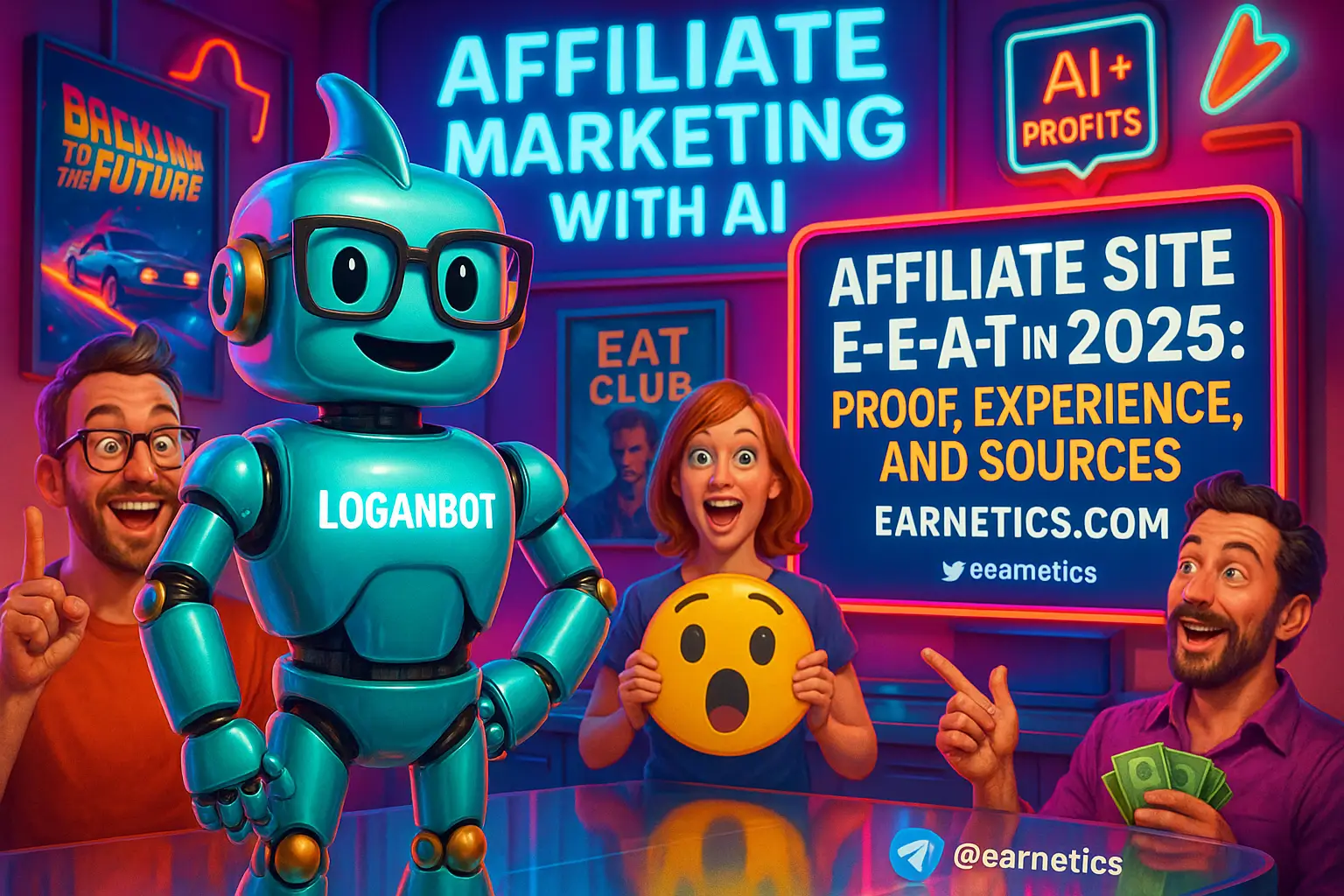Introduction – why best vs alternatives posts will decide who clicks in 2025
?In 2025, I learned the hard way that “best vs alternatives posts” are the content duel that decides whether readers click or bounce — and you can win it. Search in 2025 is run by AI-driven SERPs, zero-click risk is real, affiliate rules are tighter, and user attention is shorter than my coffee break. That reality made me obsess over one question: which content type gets the click and the commission – a “best” post or an “alternatives” post?
I’ll be blunt – these two formats attract very different intent and convert in different ways. “Best” posts hit readers who are late in the buying process and want reassurance. “Alternatives” posts catch people asking, “What else is out there?” – often earlier in the funnel, comparing features, prices, and migration headaches. In this guide I use the primary keyword “best vs alternatives posts” right up front so you see how it sits in the mix of intent, SEO, and conversions.
Quick keyword snapshot I used while drafting this piece: main keyword – best vs alternatives posts. Secondary keywords – best product posts, alternatives content strategy, SEO for comparison posts, conversion optimization for blog posts, comparison posts, product reviews. LSI and related phrases I leaned on – buyer intent, review schema, comparison table, migration guide, brand alternatives, vs reviews, long-tail alternatives, affiliate disclosure, conversion funnel.
Here’s my promise: I’ll show you when to use each post type, how to map keywords and structure content for AI and humans, UX and CTA tricks that actually earn clicks, plus the tracking and test ideas I use to measure wins. I’ll give templates, real examples, and the blunt lessons I learned after publishing 700-plus comparison pages that did good cash and terrible impressions before I fixed them.
Structure ahead – first we’ll unpack why “best” posts convert, then we’ll flip to when “alternatives” posts win, move into SEO for comparison and review content, and finish with conversion optimization for blog posts – UX, CTAs, tracking, and monetization playbook. Stick with me – there’s a cheating shortcut near the end that saved me hours of manual updates.
Why “Best” Posts Convert
Intent & psychology
I learned that “best” posts attract people who are ready-ish to decide. These readers type queries like “best wireless earbuds 2025” or “best budget task manager” with clear buying intent. They want authority – someone to reduce risk and hand them the silver bullet.
Psychology is simple: authority + scarcity + social proof = click. Listicles and “best of” headlines promise a curated selection, which triggers lazy-brain relief. If my post sounds decisive and has clear signals – review scores, star ratings, verified user quotes – readers feel safer clicking affiliate CTAs or hitting product pages.
In practice I lean into short verdicts and quick comparisons at the top so the reader gets immediate value. That reduces bounce risk and increases the chance they scroll to an affiliate link or click a “compare price” button.
Content formats that work
Not every “best” post is a laundry list. Winning formats I use are top-10 lists, focused buyer’s guides, and hero comparisons that spotlight a single winner and two runner-ups. Each format serves different scenarios: top-10 for awareness, buyer’s guide for decision help, hero comparison for a near-final nudge.
Here’s a quick template I use for “best product posts”: headline, one-line winner, 2-sentence verdict, price band, 3 bullet pros, 2 cons, who it’s for, CTA. That structure respects busy readers and keeps affiliate links contextual instead of spammy.
Monetization & affiliate fit
Best posts convert well with affiliate links, product feeds, and sponsored placements because the intent is higher. Convert rates are often 2x to 5x compared to generic roundup content if I nail the intent match and placement.
Important note – I never ignore disclosure and accuracy. Price mismatches and stale recommendations tank trust fast. I schedule evergreen updates, add price checks, and use product feeds where possible to keep pricing honest. That maintenance is boring but it saves me from refund headaches and affiliate clawbacks.
When “Alternatives” Posts Win
Search intent differences
Alternatives posts live in research-heavy neighborhoods. People search “alternatives to X” when they’re unhappy, curious, or constrained by budget or policy. This is a different emotional state than “best” query users — it’s about tradeoffs and escape routes.
Those searches are often long-tail and brand-specific – for example, “alternatives to Notion for teams” or “Slack alternatives for startups.” The volume may be lower, but the relevance is higher and the opportunity for retention is huge because these readers are ready to compare use cases and migration effort.
Content structure for alternatives posts
For alternatives content strategy I structure posts by use case. Start with a brief problem setup – why people look for alternatives – then list reasons users might leave (cost, complexity, privacy). After that I give 3 to 5 vetted alternatives and match each to a persona: who it’s for, pros/cons, migration pain, and migration steps.
Template I use: brief problem, why users leave, 3 alternatives with short verdicts, pricing comparison, migration checklist, and final recommendation. That helps readers pick the best replacement for their specific pain, not just the most popular option.
Audience retention & long-term value
Alternatives posts are gold for audience building because they sit earlier in the funnel and invite deeper engagement. People comparing options are more likely to download a migration checklist, sign up for an email walkthrough, or request a demo if I make those assets visible.
I use lead magnets like export templates, migration scripts, or short video walkthroughs to capture email. Over time, a library of alternatives content becomes a trust moat – readers remember that I helped them switch tools, and they come back when they need an upgrade.
SEO for Comparison & Review Content
Keyword mapping & intent matching
SEO for comparison posts starts with mapping seed keywords into intent buckets: transactional “best”, navigational “vs”, investigational “alternatives to brand”. I cluster keywords and prioritize by intent and potential revenue, not just volume. A lower-volume brand+alternatives query can outperform a generic “best list” if the conversion intent is strong.
I also use FAQ blocks for capturing long-tail questions and voice queries. Group questions like “is X better than Y for startups” or “how to migrate from X to Y” into a single page with anchor links so AI SERPs can surface precise answers.
On-page & structured data tactics
On-page wins are straightforward – title/meta templates that include both keywords and the searcher intent, comparison tables near the top, concise verdict snippets, and prominent CTAs. For structured data, implement review schema and product schema where relevant. That improves visibility in SERPs and enables rich snippets.
I follow Google’s structured data guidance and regularly check the Rich Results Test to make sure my markup is valid. See Google’s documentation for structured data overview for the latest requirements: developers.google.com.
Internal linking & topical authority
Internal linking is how I funnel interest. I link from best post to alternatives post and from both to deep buyer’s guides and migration templates. That creates a funnel in Google’s view and a natural reader journey in the human view.
I build pillar pages that summarize categories and link to specific product reviews and alternatives. I also maintain an update cadence – at minimum quarterly for high-value pages – to keep freshness signals strong and avoid outdated recommendations.
Convert Readers into Clicks: UX, CTAs & Monetization
Persuasive CTAs & placement
Placement beats polish. I learned this by putting the same CTA in five spots and watching which one won – the inline contextual CTA inside the comparison table performed best. Use a mix: primary action button in the table, a secondary text link in the verdict, and an end-of-page CTA for folks who scroll slowly.
Button vs text links – buttons win for immediate conversions, text links win for subtle persuasion and for editorial integrity. Use anchor text that sets expectation – “Compare price” or “Start 14-day free trial” – and test urgency language sparingly. The goal is clarity, not hype.
Trust signals & objections handling
I add bite-sized trust elements – short pros/cons, user testimonials, screenshots, verified purchase badges, and clear info on refunds or migration help. These small signals handle objections before they become exit triggers.
When recommending a paid tool, I highlight free trials, migration exports, and customer support options. If a tool has a poor refund policy, I say so. Being honest reduces returns and improves long-term affiliate relationships.
Tracking, experiment ideas, and monetization mix
Set up these metrics: click-through rate to merchant, assisted conversions by page, scroll depth, and on-site micro-conversions like download or sign up. I tag affiliate links and track server-side where possible to avoid lost attribution from ad blockers.
Experiment ideas: A/B test CTA copy, table layout, and affiliate placement. Try different monetization mixes – CPC ads, affiliate links, and direct deals – then scale whichever delivers the best revenue per thousand visits. I learned the hard way that diversifying income avoids sudden drops when affiliate policies change.
Conclusion
Here’s the short version from my messy lab: “best” posts win at the finish line because they match buyer intent and convert with product links and clear verdicts. “Alternatives” posts win earlier – they capture curious, research-heavy readers and build trust with deeper content and migration help. Choosing between best vs alternatives posts is not binary – it’s a funnel decision. You want both types working together so readers flow from discovery to decision without hitting a trust gap.
Quick playbook recap: use best product posts when search intent is transactional and users want a quick decision. Use alternatives content strategy when people are researching, unhappy, or locked into a tool and need a migration path. For SEO for comparison posts – map intent-first keywords, use structured data, and build pillar pages with a predictable update cycle. For conversion optimization for blog posts – prioritize clear CTAs, trust signals, and measurable experiments.
Action checklist for editors – a compact sprint you can run this week:
1. Map 20 seed keywords into intent clusters and pick 5 high-intent targets.
2. Choose template – best product posts or alternatives post – and draft using the templates above.
3. A/B test CTA placement in your comparison table and track CTR to merchant.
4. Implement review schema and one FAQ block for long-tail capture.
5. Schedule a quarterly update and add price checks or product feeds.
Measurement is the boring bit that pays: expect seasonal shifts, run short A/B tests, and iterate on clicks and revenue data. I still lose sleep when a top-performing affiliate changes a commission, but the systems I built let me pivot faster than I used to. If you want the cheat codes that saved me hours – automation and templates – I’ll share two tools I couldn’t live without.
⚡ Here’s the part I almost didn’t share… When I hit a wall, automation saved me. My hidden weapon is Make.com – and you get an exclusive 1-month Pro for free.
🔥 Don’t walk away empty-handed. If this clicked for you, my free eBook Launch Legends: 10 Epic Side Hustles to Kickstart Your Cash Flow with Zero Bucks goes deeper on systems and monetization.
If you want more tactical templates, case studies, and step-by-step workflows that helped me turn readers into clicks, Build your digital income empire today on Earnetics.com. Keep testing, keep iterating, and remember – the smartest content wins when you match intent, serve value, and make the next click obvious.


